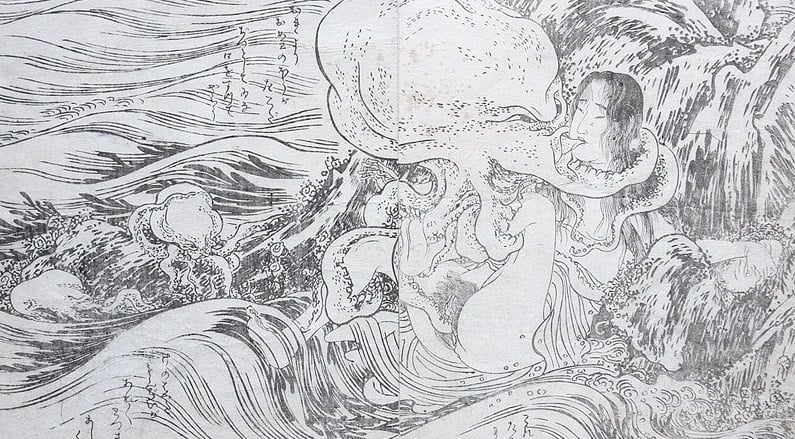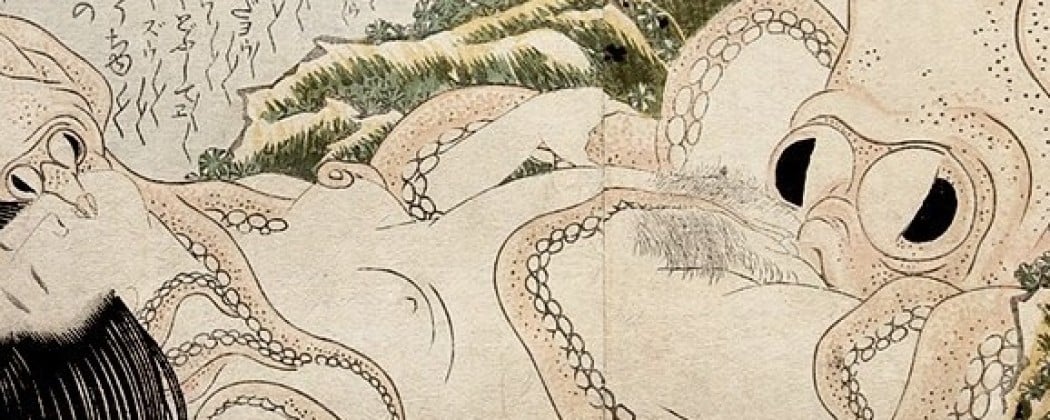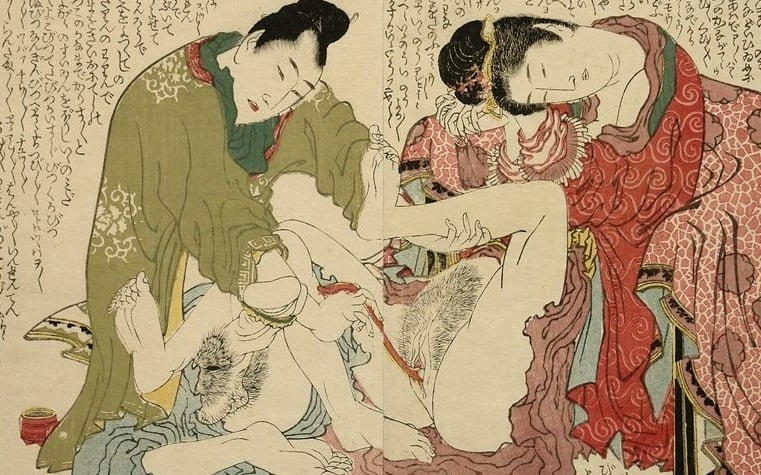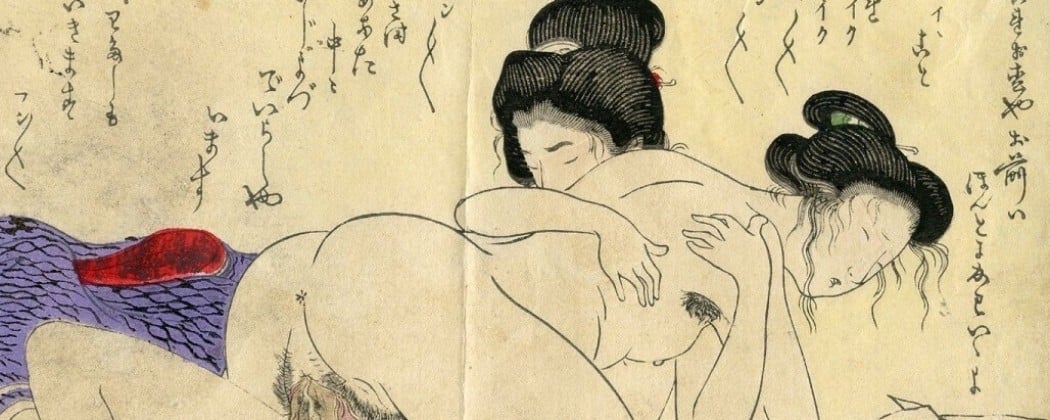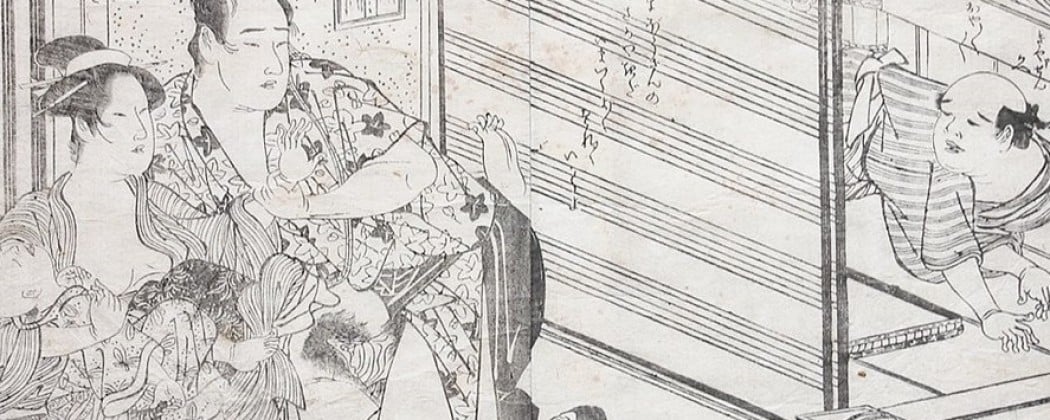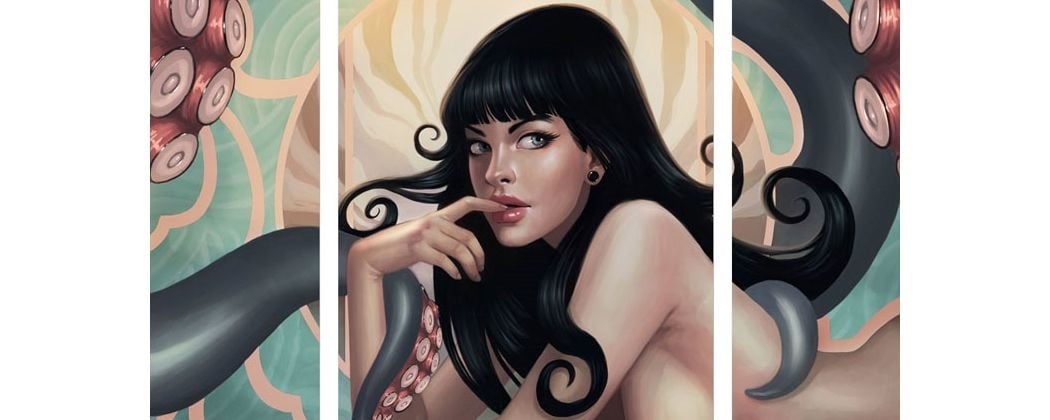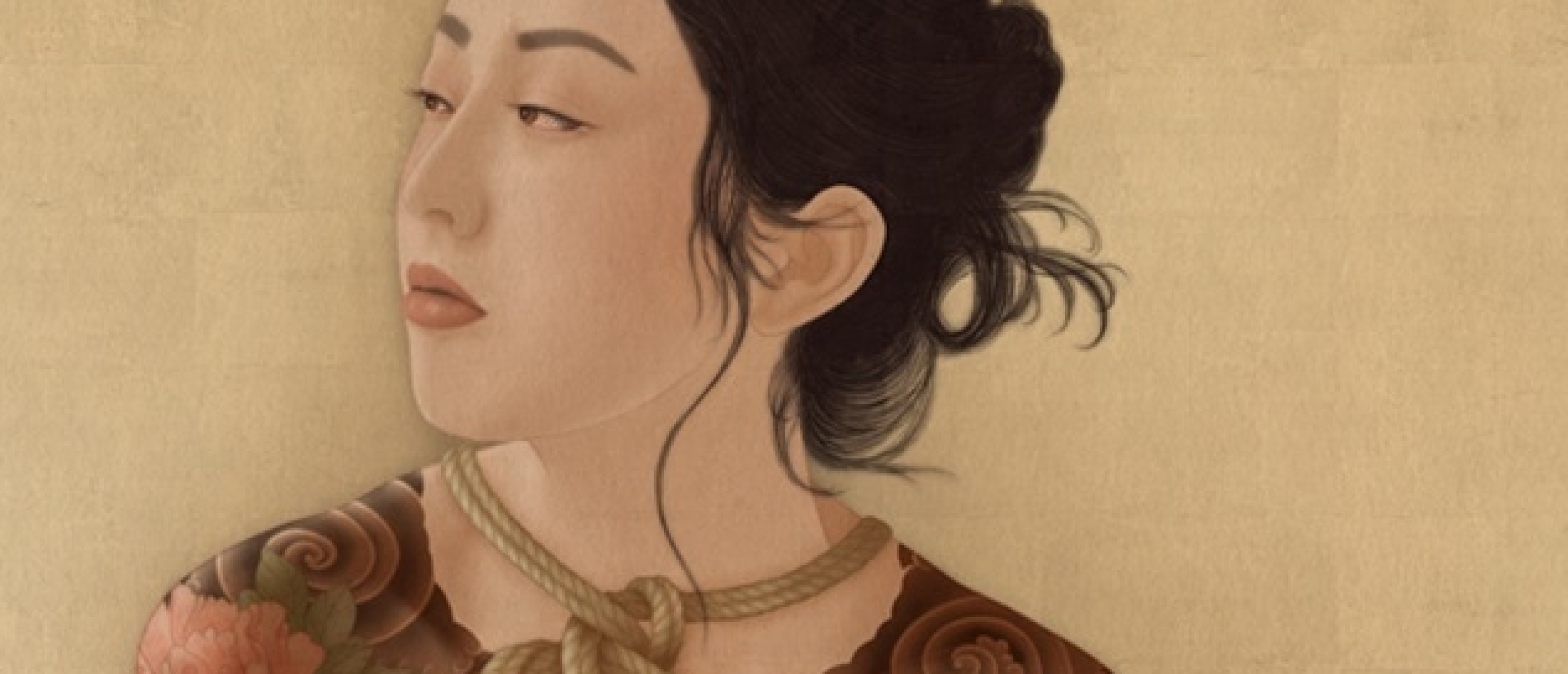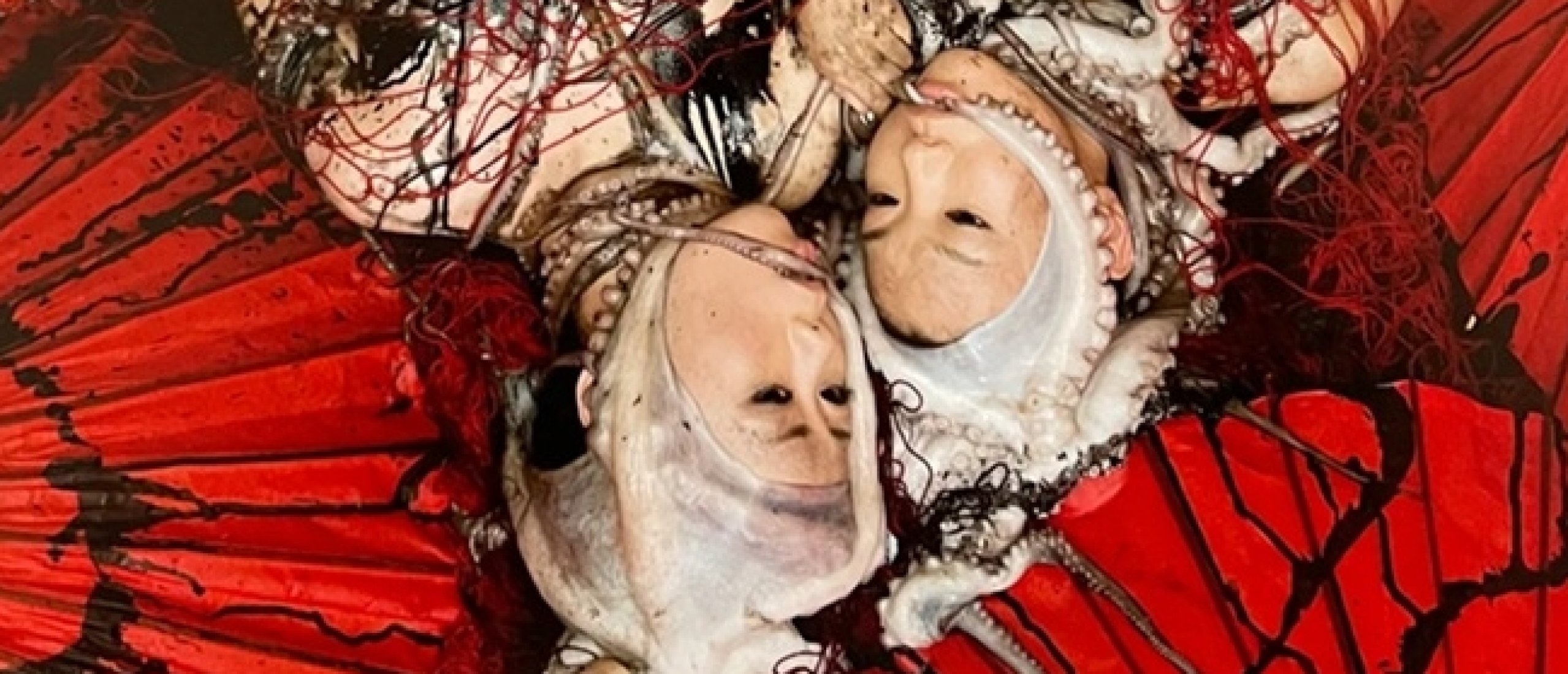
Far From the Sea, Creatures Crawl Over the Body: The Grotesque and Escatalogical Eroticism In the Work of Daikichi Amano
IN THE BEGINNING, THERE WAS THE OCTOPUS
The image of the octopus, with its sinuous tentacles and enigmatic nature, occupies a prominent place in the Japanese erotic prints known as shunga. This presence is not accidental, as it emerges from Japan’s cultural relationship with the sea—a maritime nation where cephalopods, such as octopuses (tako) and squids (ika), have always been intrinsic to both diet and popular imagination. In Japanese folklore, and more specifically in Ainu mythology, these sea creatures symbolize good fortune, longevity, intelligence, and resilience. Among them is Akkorokamui, a gigantic octopus who became a benevolent kami endowed with healing powers, yet whose fickle nature also makes him capable of causing harm. Cephalopods have also served as design motifs across various art forms—from samurai helmets to tattoos—symbolizing strength and adaptability. The Japanese word for octopus, tako, is a homonym for “luck,” adding a layer of humor and familiarity to its omnipresence..

Fig.1 "Abalone Fishergirl with an Octopus" (c. 1773-1774) by Katsukawa Shunsho

Fig.2 "Ario-maru Struggling with a Giant Octopus" (1833–1835) by Utagawa Kuniyoshi

Fig.3 ‘The Dream of the Fisherman’s Wife' (c.1814) from the series ‘Young Pine Saplings (Kinoe no komatsu)’ by Katsushika Hokusai
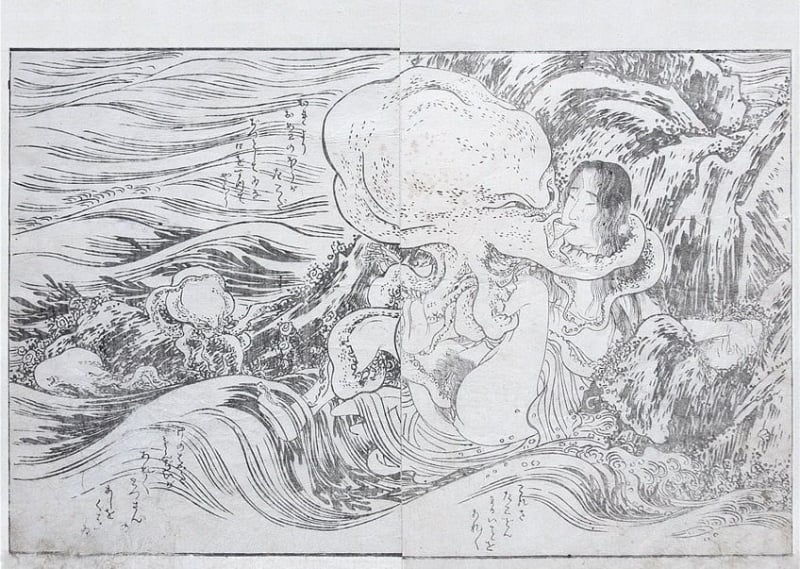
Fig.4 'Diver and Octopuses‘ from the series ‘Picture Book Lust of Many Women on One Thousand Nights (Ehon chiyo-dameshi)’, c.1786 by Katsukawa Shunchō
CEPHALOPODS AND THE FLOATING WORLD
If shunga artists like Katsukawa Shunchō, Katsushika Hokusai, and Utagawa Kuniyoshi legitimized and disseminated images of cephalopods in erotic and narrative contexts, much of this is due to Japanese myths such as the story of Princess Tamatori. The tale of Princess Tamatori, very popular during the Edo period, narrates the saga of a humble shell diver who marries Fujiwara no Fuhito, a member of the powerful Fujiwara clan. Driven by loyalty to her husband, Tamatori decides to recover a precious pearl stolen from his family by the sea dragon god, Ryūjin. Determined, she dives to the god's underwater palace, the Ryūgū-jō, but is soon pursued by Ryūjin and his army of marine creatures, among which are octopuses and other monstrous forms of the ocean. To ensure her escape, Tamatori cuts open her own breast and hides the jewel inside, thus managing to swim more quickly to the surface. However, upon reaching dry land, she succumbs to her wounds, transforming her act of courage and sacrifice into one of the most moving and symbolic narratives of the Japanese imagination.
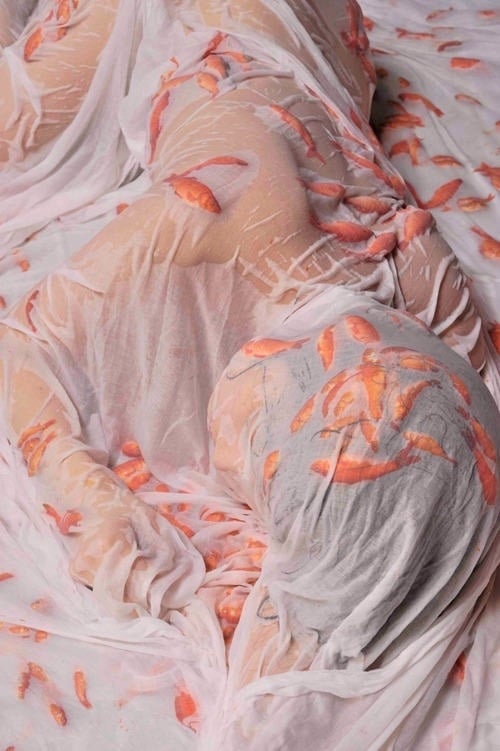
Fig.5 Daikichi Amano
In Hokusai's The Dream of the Fisherman's Wife, the text accompanying the scene reinforces this mythical association, at the moment the large octopus declares it will take the young woman to Ryūjin's underwater palace, establishing a link with Tamatori's story. The Dream of the Fisherman's Wife is not, however, the only Edo period work to depict erotic encounters between a woman and an octopus. Utagawa Kuniyoshi, for example, produced prints based on this narrative, often showing the bare-breasted diver surrounded by octopuses from which she tries to escape. And well before Hokusai's print, Katsukawa Shunchō had already addressed the theme in Diver and Octopuses from the series ‘Picture Book: Lust of Many Women on One Thousand Nights (Ehon chiyo-dameshi)’, c.1786. Furthermore, certain ancient netsuke sculptures also show cephalopods caressing nude women, suggesting that this visual motif already had broader circulation in the Japanese erotic imagination. Yanagawa Shigenobu, a contemporary of Hokusai, produced a similar image in his collection Suetsumuhana (1830), where a woman is depicted receiving oral sex from an octopus, reaffirming the artistic and symbolic fascination with this theme. However, what perhaps made Hokusai's The Dream of the Fisherman's Wife stand out was the way the artist organized his print in a composition where the plasticity of the tentacular tongues draws curves and interpenetrations that echo the very grammar of eroticism. What renders this image relevant to the history of erotic art is its articulation of tenderness and bestiality. The octopus appears not merely as a monstrous being but as one that offers pleasure, embodying the non-human difference of anatomy itself—instilling a sense of estrangement through the blurring of boundaries between the human and the non-human. The tradition that followed Hokusai’s work would explore precisely this tension, turning the octopus into a catalyst of both erotic and mythological fantasy.
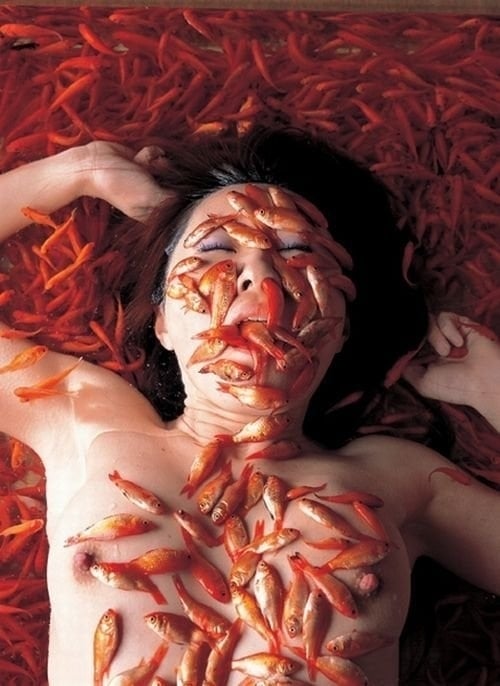
Fig.6 Daikichi Amano

Fig.7 Daikichi Amano
Other ukiyo-e artists also explored the theme of zoophilia and interactions between humans and animals, though perhaps not with the same fame or explicit depth as Hokusai regarding cephalopods. The shunga master Keisai Eisen (1790-1848), for example, is known for his audacious and, at times, disturbing representations of sexuality, which frequently included elements of bestiality. In his works, one finds scenes that explore the interpenetration between humans and various creatures, from dogs and cats to mythological or fantastic animals, blurring the boundaries between the human and the animal, the real and the imaginary. This exploration of zoophilia in shunga was not merely to shock, but to question the limits of social convention, to explore the innermost recesses of sexuality, and, at times, to employ the animal as a symbol of the most primal and uncontrollable impulses. The elasticity of bodies, the fluidity of forms, and the capacity for fusion between different elements were essential tools for these artists, who saw in animals a way to express desires that challenged the idealized representation of the human body.

Fig.8 Daikichi Amano
In the extended Premium edition of the article much more on this perverted master of fish and girls, why he is described as a "Hokusai of today", his aesthetic of excess, the beauty of ephemerality, realms of the bizarre and the erotic, the dark side of sexuality, many additional pics and MUCH more...!
Click HERE for an extensive article examining tentacle erotica including over 100 examples
What do you think about the art of Daikichi Amano? Leave your reaction in the comment box below..!!

